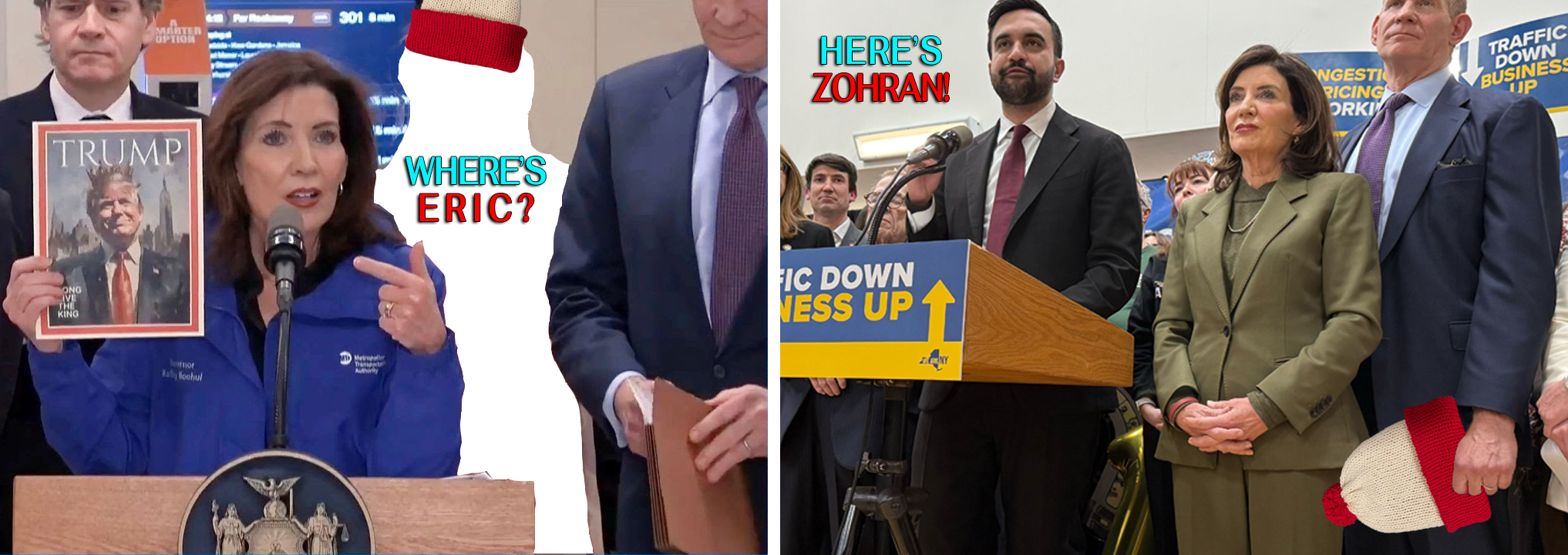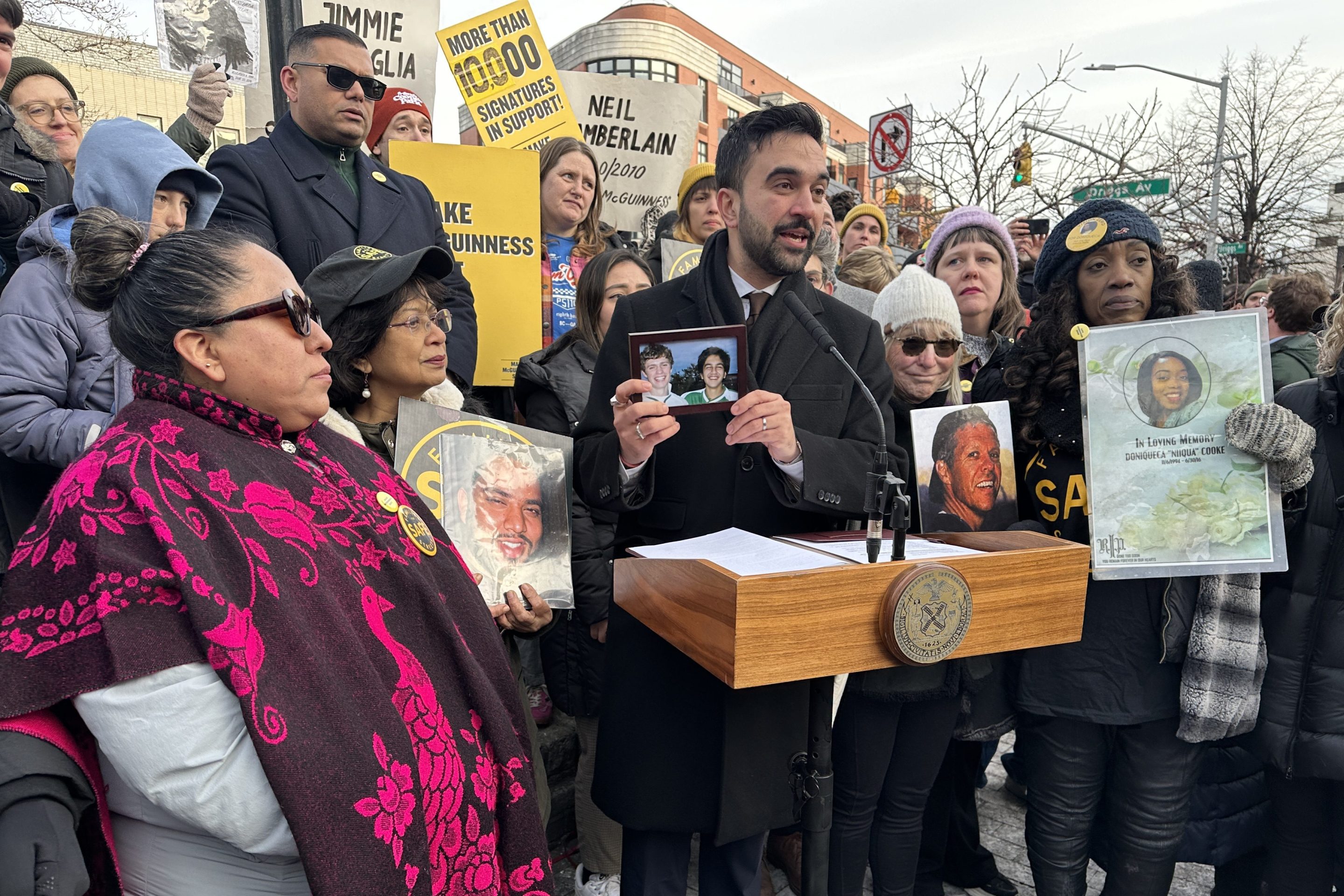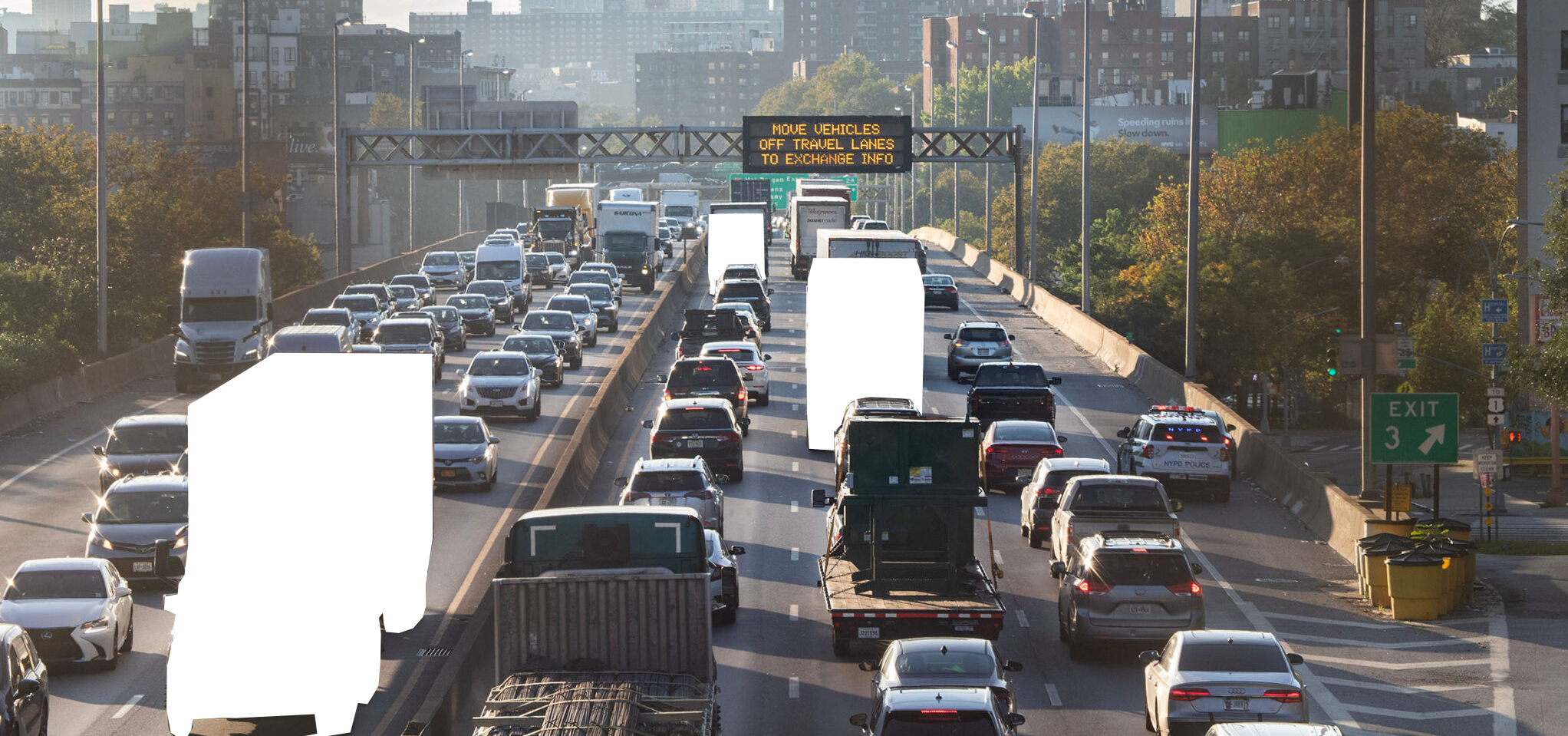Crain's reporter Erik Engquist gets some more information about the Department of Transportation's plans to convert two Park Slope Avenues into one-way streets. DOT's press office is now saying:
DOT would like to change Sixth and Seventh Avenues to one-way streets to simplify the turning movements at intersections along the Avenues which would enhance safety for pedestrians and motorists. DOT would also make adjustments to the traffic signal progression along Sixth and Seventh Avenues and narrow the travel lanes on Seventh Avenue to keep vehicles from exceeding the speed limit. These plans need community board support and if the community doesn't support these proposed changes we will not move forward with them.
So, let me see if I understand how booming 21st century Downtown Brooklyn is being planned:
- Traffic engineers, working by themselves in their infamous exhaust-filled back room, and claiming that they are only interested in improving pedestrian safety, cook up piecemeal transportation plans one neighborhood at a time.
- DOT then presents the fully-hatched, non-negotiable plan to the Community Board. Suspiciously, it appears to be designed more towards moving cars and trucks through the neighborhood faster rather than pedestrian safety.
- The Community Board, of course, rejects the plan.
- DOT then either chooses to ignore the Community Board or goes forward with the plan despite the "NIMBY opposition."
 Is this really the best way to do urban planning around rapidly growing Downtown Brooklyn?
Is this really the best way to do urban planning around rapidly growing Downtown Brooklyn?
Of course not. Dozens of DOT's across the U.S. have rewritten their project delivery process to include high levels of community input and collaboration. This new planning process is often called the "Context-Sensitive Solutions" movement. We're not talking about some obscure progressive planning movement only known to Portland, Oregon either. Here is how the United States Federal Highway Administration describes it:
Context sensitive solutions (CSS) is a collaborative, interdisciplinaryapproach that involves all stakeholders to develop a transportationfacility that fits its physical setting and preserves scenic,aesthetic, historic and environmental resources, while maintainingsafety and mobility. CSS is an approach that considers the totalcontext within which a transportation improvement project will exist.
Lo and behold, it turns out that when government approaches transportation planning as a collaboration and when community stakeholders with fine-grained knowledge of their area are involved in the planning of their own neighborhoods, the process runs faster, cheaper and more efficiently and the end-product is generally better.





